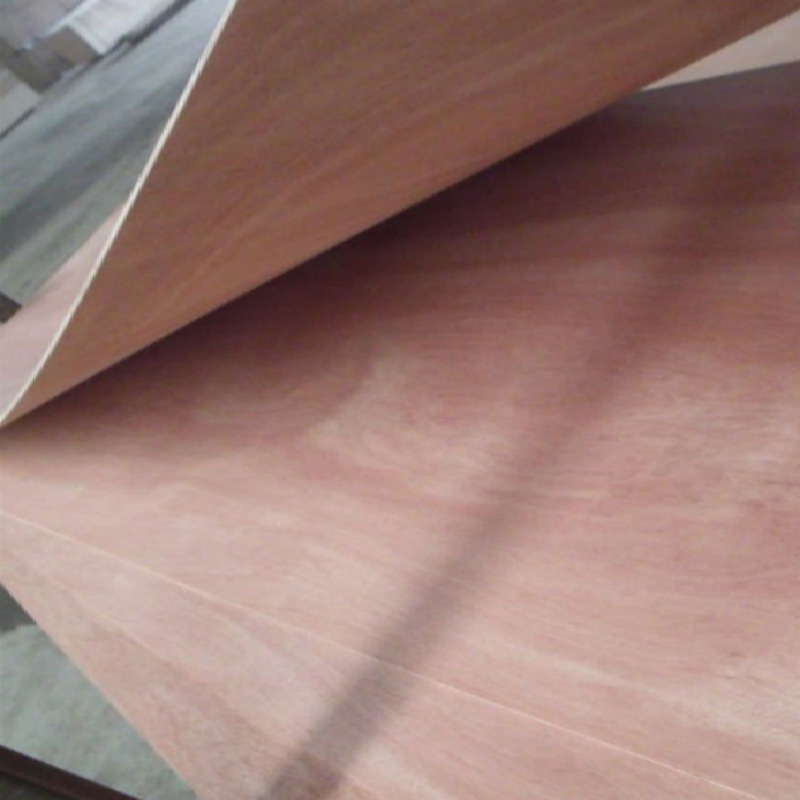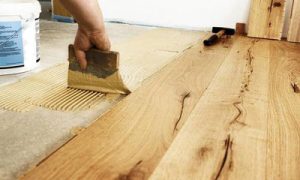A lot of people wonder, What makes difference between waterproof and regular plywood? Well, one difference is that waterproof ply uses a waterproof glue to adhere the sheets together. This kind of plywood is made from a higher quality wood and is resistant to moisture and fungus. As its name suggests, it is also resistant to weather conditions. You can tell that waterproof ply is better suited for use on boats because of the waterproof glue used to adhere the sheets together.
Marine plywood is made of high-quality wood
There are several benefits of using Marine Grade Plywood in boat construction. Not only does it meet the strict requirements for marine applications, but it also has an excellent natural resistance to impact and decay. Its smooth and poreless finish allows designers to create many different designs. Here are three other advantages of using Marine Plywood. These qualities make it a superior choice. And, it can be purchased at a reasonable price.
Standard plywood comes in A, B, and C grades. Marine plywood follows the same principles and uses dual grading. For example, a sheet of plywood in A-B grade is knottier and looser than an A-B-grade sheet. Since most plywood projects involve plywood, you will only be looking at the critical side, not its aesthetic qualities. For this reason, it is vital to choose marine plywood carefully.

Marine Plywood is stronger than regular plywood and can be folded according to your needs. Unlike normal plywood, marine plywood is made of thin pieces of wood. The veneer layers are stacked one on top of another. This construction keeps the panel strong on both sides. Moreover, marine plywood is readily available in the wood market. In addition to the different thicknesses, plywood comes in different lengths and sizes.
While Marine Grade Plywood is not waterproof, it is incredibly durable and lightweight. In addition to its ability to withstand water, marine plywood is also resistant to rot and other environmental factors. If you plan to construct a boat or outdoor furniture in a coastal area, marine plywood is an excellent choice. You’ll be glad you did! So, why not give it a try? There are many benefits of using Marine Plywood in your project.
It is resistant to fungus
What makes plywood waterproof? Quite simply, waterproofing prevents moisture from being absorbed. Otherwise, water can soak into the wood and cause its veneers to split. Water leaking into a building is just as dangerous as rain. Waterproofing plywood will prevent moisture from entering your home, and it will last you for 20 to 40 years. This article will discuss how to waterproof your plywood and avoid mold. Once you’ve waterproofed your plywood, you won’t have to worry about fungi.
Plywood is susceptible to rot when exposed to water for prolonged periods of time. Water soaked plywood will warp and swell, weakening the structure of the board. If water is not properly controlled, rot can cause irreparable damage to the wood. Waterproofing your plywood is a cheap and easy way to prevent this from happening. By following the directions on the package, you’ll have the peace of mind you need to start building with your new plywood.
A water-proof coating on plywood is another way to prevent fungus growth. This type of coating is applied to the outer layer of plywood and penetrates deep into the wood. This finish goes on clear, so you can easily paint over it if desired. Another method is to apply varnish, a thin coating of resin and water that cures into a hard surface. It has many of the same properties as epoxy, and it will also protect your new plywood against fungus.
You can also waterproof your plywood using liquid latex spray. You should make sure to seal the edges and corners of your plywood as they’re the most vulnerable areas to water seepage. Liquid latex is the cheapest and easiest method of waterproofing plywood. The process is easy and straightforward, and any DIYer can do it. It can last for several decades without requiring a professional. This process is not difficult, and if done correctly, waterproofing plywood can extend the life of your home.
When choosing a type of plywood, make sure it meets the specific requirements of the job you’re doing. Look for marine grade plywood with BS1088 water resistance. These are the best options for boat-building applications. These types of plywood are resistant to rot and fungus, and are the only type of plywood approved for constant water immersion. The reason for this is that they’re highly durable.
It is moisture resistant
There are various grades of waterproof plywood and each has its own unique qualities when it comes to being moisture resistant. When choosing the right type, first consider how and where the plywood will be used. Think about the amount of water that will come into contact with the plywood, as well as the amount of time that it will be exposed to water. Then consider whether or not the plywood is durable enough for the application in question. In this guide, we will cover the different types of plywood and their respective uses.
If you do not have the funds for a professional installation, you can always try to waterproof the plywood yourself. Before applying the waterproof coating, make sure that your plywood has been properly sanded and has any cracks and holes filled. If you don’t have the time to hire a professional, you can try applying the coating yourself by applying the water sealant and then sanding and painting it. We recommend that you do this at least twice a year, as it is quite effective in protecting the wood from moisture.
However, you must keep in mind that waterproofing plywood is a complicated process and will require careful attention. Follow the manufacturer’s guidelines when waterproofing the wood. You will save a lot of money by waterproofing the plywood. After all, it will help you avoid having to replace it year after year! Once you’ve done this, you’ll be able to rest assured that your project will be finished in no time!
In case you want to waterproof the plywood panels, you can use a special type of paint. A water-based paint will cover the porosity of the wood, while epoxy-based paint will cover the imperfections. This paint will not peel or crack and is very affordable. You can also use the same paint on the plywood outside the house – it will keep the moisture out and make it completely waterproof. If you want to use the plywood inside your house, you can paint it with water-based paint.
It uses a waterproof glue
A liquid latex can be used to seal the inside of the plywood. It can be sprayed on or brushed on, but it can be difficult to measure and is not cost-effective on large scales. Liquid latex can also be used for waterproofing projects, such as boat decks, and is easy to apply and lasts for decades. This glue is waterproof and is also made from natural ingredients, such as linseed oil.
Another option for waterproofing plywood is using paint. This option is less durable than epoxy but works just as well. Water-based paint is less durable than epoxy, so it will need to be touched up every couple of years. Paint is also a great choice because it won’t crack or peel, which can be a real pain to remove and is relatively inexpensive. Painting the plywood with a waterproof paint will help to keep it looking its best for many years and offer many color options.
Another option is using marine-grade plywood. Although it is not waterproof, it is still a good choice for outdoor projects, especially in coastal regions. Because of its waterproofing properties, it’s often preferred for building boats and outdoor furniture projects. Using marine-grade plywood is a smart move for outdoor furniture projects, such as benches, tables, and chairs. The waterproof glue used to seal the plywood also makes it easy to clean.
Before you begin applying waterproof plywood, make sure you wear a mask and gloves. You should wear a mask, safety goggles, and hand gloves to protect your face from dust while sanding. Also, make sure to cover the plywood with a tarp. If you don’t want to see it later, you should make sure the plywood is waterproofed regularly to make sure it lasts as long as possible.
There are different types of sealants that bond with plywood. The most effective type of waterproof glue is epoxy, which dries to form a hard shell that is impervious to water. Once applied to the plywood, the epoxy sealer creates a waterproof layer. The surface should be sanded before applying the waterproof glue. You can use a tack cloth to remove any excess sanding dust.

